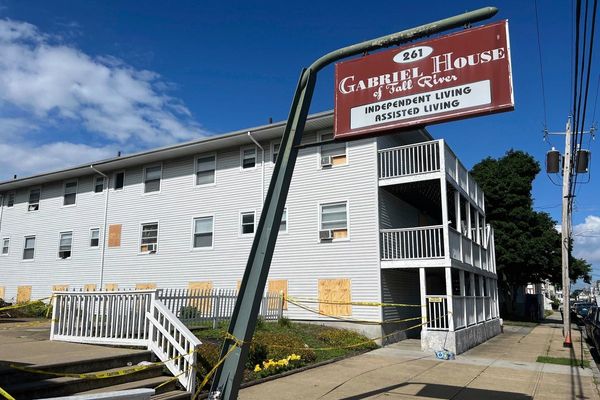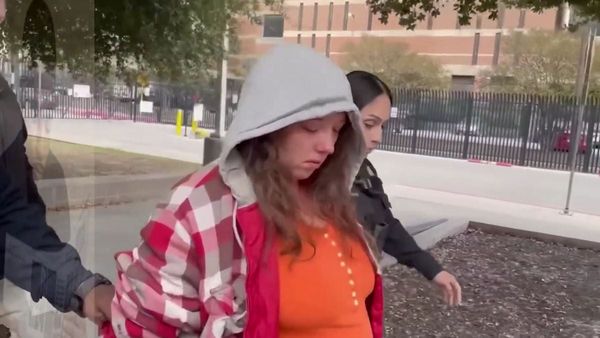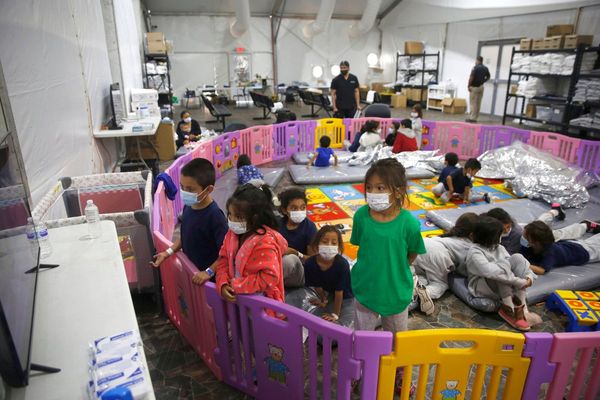Donald Trump is meeting Vladimir Putin in Alaska in what the US president has said may be little more than a “look see”, but in truth may prove an encounter that defines Europe -and global security - for decades.
From Trump’s perspective, the summit may be part of his drive for a Nobel Peace Prize by ending Putin’s war against Ukraine using the “art of the deal”. Putin, however, is likely to prevail and his agenda is the art of the steal – specifically a massive grab of his neighbour’s land.
Missing from the meeting is the country most affected – Ukraine itself. Led by Volodymyr Zelensky, it has held out against the Kremlin for 11 years.
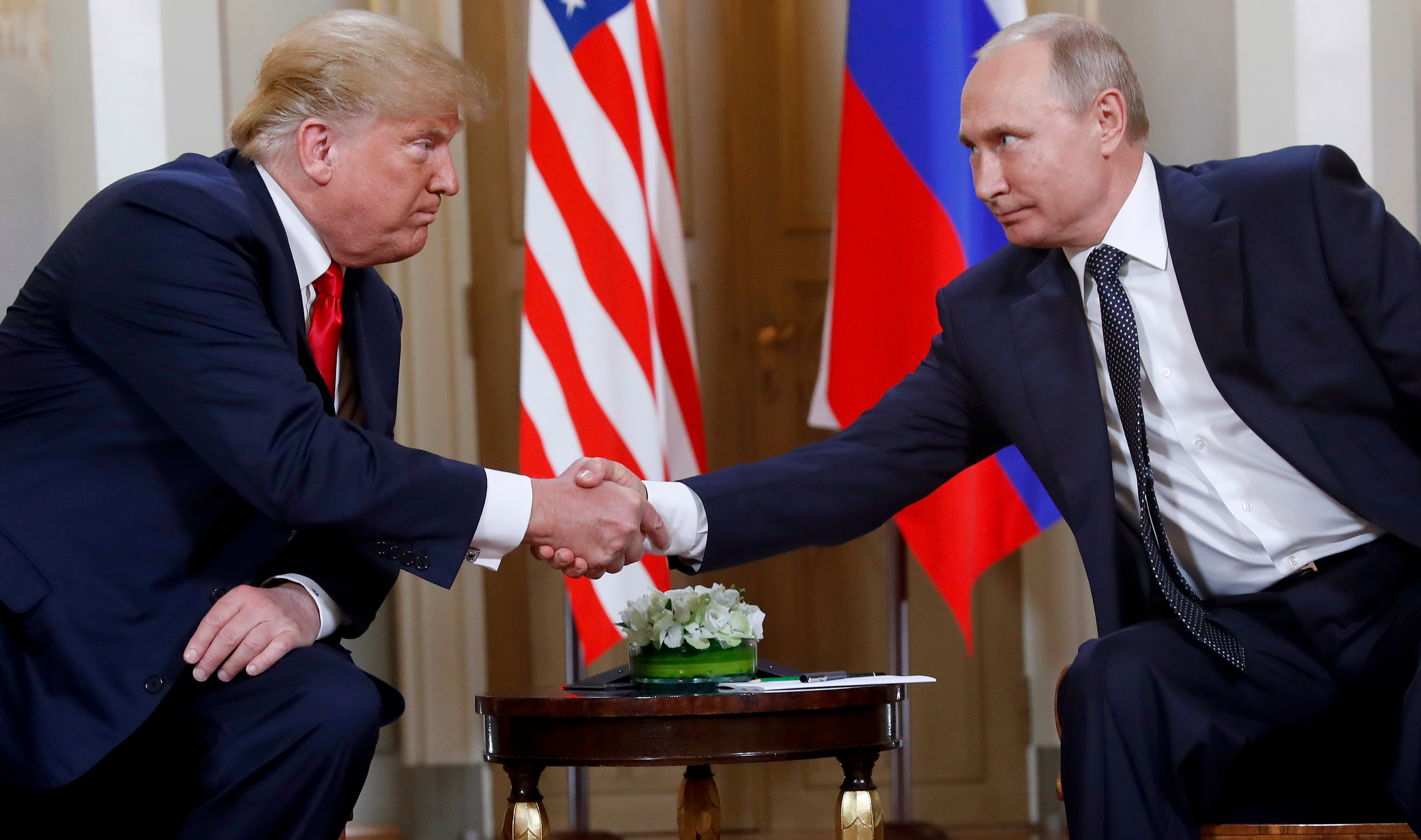
Trump, Putin, and many others (including parts of the media) seem to think that Ukraine’s future can be decided by the two nuclear powers and then presented to Kyiv as a done deal.
Europe, the region most affected by what happens in Ukraine, has worked hard to underline that that is neither true nor sensible – while simultaneously keeping the mercurial US president “on side” when every indication is that he’s firmly in Russia’s camp.
Here’s how things currently stand.
How Russia and Ukraine ended up at war in 2022
In 1994, Ukraine gave up its nuclear arsenal in return for written guarantees from Russia, the US and the UK to respect Ukrainian sovereignty.
Twenty years later, Russia ignored those guarantees and invaded the Crimean Peninsula, claiming the land for itself and the right to protect Russian-speaking people in eastern Ukraine.
Putin annexed Crimea illegally, sponsoring “rebels” and sending troops into eastern Ukraine to capture large areas of Luhansk and Donetsk oblasts (provinces).
The US, Europe and the UK did nothing to help or protect Ukraine, even banning lethal arms exports to the embattled nation.
In 2022, the Russian president went one step further and launched a full-scale invasion of Ukraine. He was stunned that it stalled and then failed. Limited weapons supplies from the US and UK helped partisans and Ukrainian forces hold the Russians back and then turn them around.
Ferocious fighting turned the front lines into a “meat grinder” conflict of attrition, with the exception of summer 2022, where Ukraine managed to recapture large areas of territory.
Three years on and Russia now holds almost all of Luhansk oblast, much of Donetsk, a significant area of Kherson and Zaporizhzhia, and all of Crimea.
Still fighting determinedly, Ukraine has a toehold inside Russian territory in Kursk and has been conducting punishing attacks deep into Russian territory.
In response, Russia has stepped up drone and missile attacks across Ukraine, often launching 500 in a single night.
In the Black Sea, Russia’s navy has been driven out by Ukraine, which doesn’t have a navy to speak of, using special forces and drone attacks.
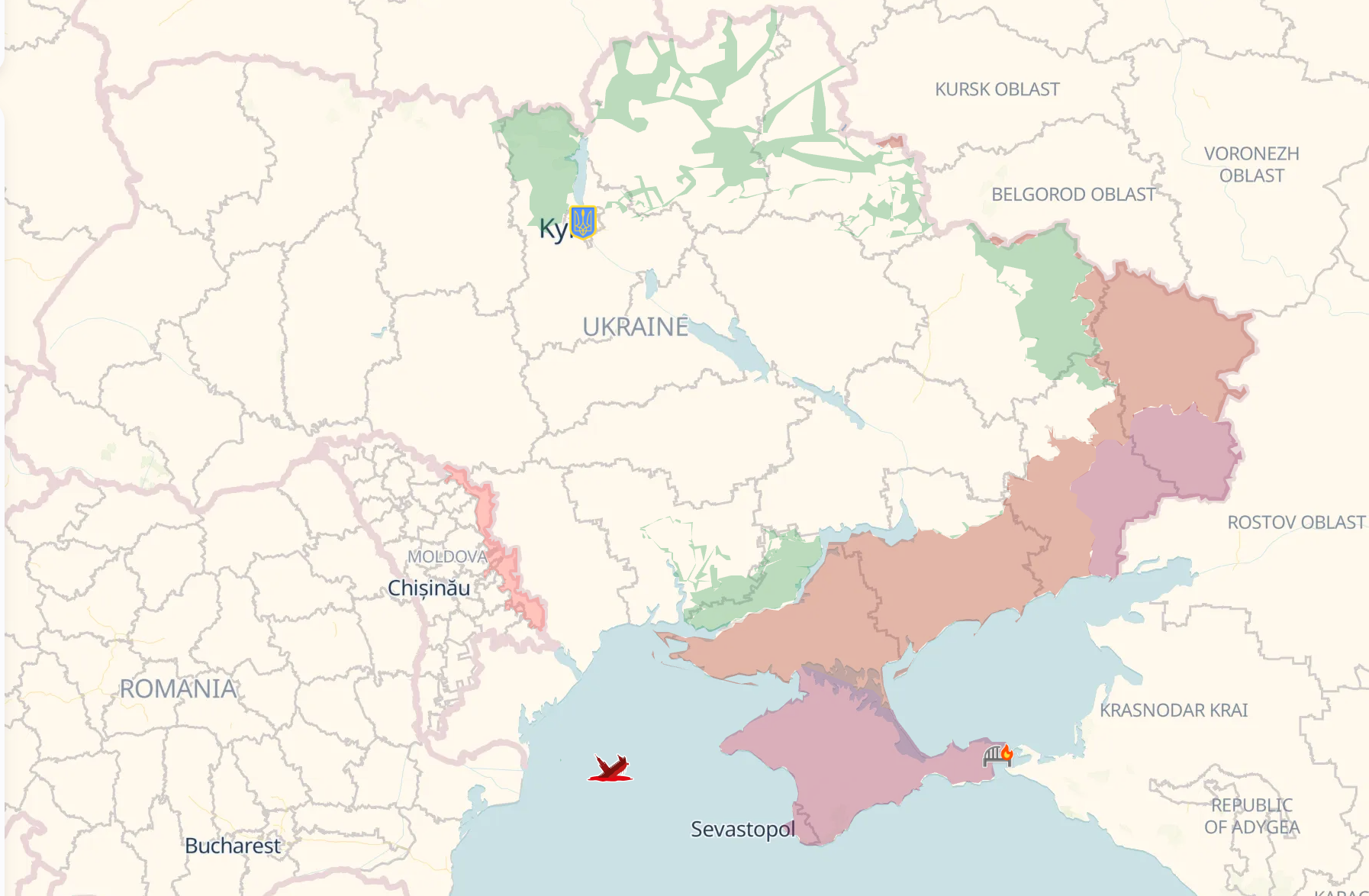
What Russia wants
Putin has repeatedly said that there is no nation called “Ukraine” and that its territory is naturally part of Russia. His imperial ambitions are underpinned by Russia’s conquest of much of modern eastern Ukraine by Catherine the Great in the 18th century.
But above all, the Russian president is driven by a colonel’s Soviet mentality that led to Moscow’s attempts to annihilate the Ukrainian language, history and culture.
As a condition of a ceasefire of any kind, Russia has demanded that Ukraine withdraw its forces from territories Moscow claims as its own, including the entirety of Donetsk, Luhansk, Zaporizhzhia and Kherson oblasts.
In a memorandum circulated at the Istanbul talks in March, Russia insisted a 30-day ceasefire would only take effect once Ukraine had fully pulled back from these four regions.
Russia also insists that Ukraine formally recognise all of Crimea and the four annexed oblasts as Russian territory in any future peace treaty.
This “international legal recognition” would enshrine Russia’s gains, obliging Kyiv to abandon any claim on those lands and to lift sanctions against Russia as part of a comprehensive settlement.

Moscow also insists that Ukraine amend its constitution to enshrine permanent neutrality. This means giving up on its constitutionally mandated effort to join Nato.
Ukraine must also be left vulnerable, with the banning of third-party foreign military bases from its territory, a ban on Western arms deliveries, and the prohibition of “neo-Nazi ideology,” which Russia uses to justify a forced “denazification” of Ukrainian society.
Longer term, Putin has demanded that the Russian language should have equal status with Ukrainian as an official language.
In return, Ukraine will get no guarantee that Russia’s ambitions will stop at the five regions it has already taken as part of a ceasefire.
What Trump is trying to achieve
The US had been supporting Ukraine but was quick to turn on Zelensky, drop military aid, cut civilian support, weaken intelligence sharing, to swing firmly behind Putin in supporting Russian demands long before talks were even close to starting.
Trump’s latest pitch is that Ukraine should accept territorial losses. Some kind of a “land swap” has been mooted, but this is Ukrainian territory for Ukrainian territory. This is ahead of a ceasefire, let alone a long-term peace.
This could mean Ukraine would cede the remaining parts of Donetsk that it still controls in exchange for Russia freezing its lines in Zaporizhzhia and Kherson.
Trump has also said there would be no US element to any future force to guarantee a longer-term peace deal in Ukraine.
The US president has weakened Ukraine by cutting military aid. The US had given about $114bn to Ukraine. That figure is now zero.
Trump now insists that Ukraine and its allies purchase weapons from the US. He has also forced a minerals deal on Ukraine that swaps profits from resources for arms.

What Ukraine is hoping will happen
Constitutionally, Zelensky can make no territorial concessions as part of a ceasefire. He would need a nationwide referendum to do so.
He also cannot abandon Ukraine’s attempts to join Nato as this has been enshrined in Ukrainian law since 2019. He’d need a referendum to change this.
Kyiv demands a full and unconditional ceasefire as the only basis for genuine negotiations and rejects any proposal that would require it to abandon its ambitions.
It sees Russian demands that Ukraine become neutral as “an attack on its sovereignty”.
Ukraine also insists on binding security guarantees from its Western partners, covering political, financial, military and diplomatic support.
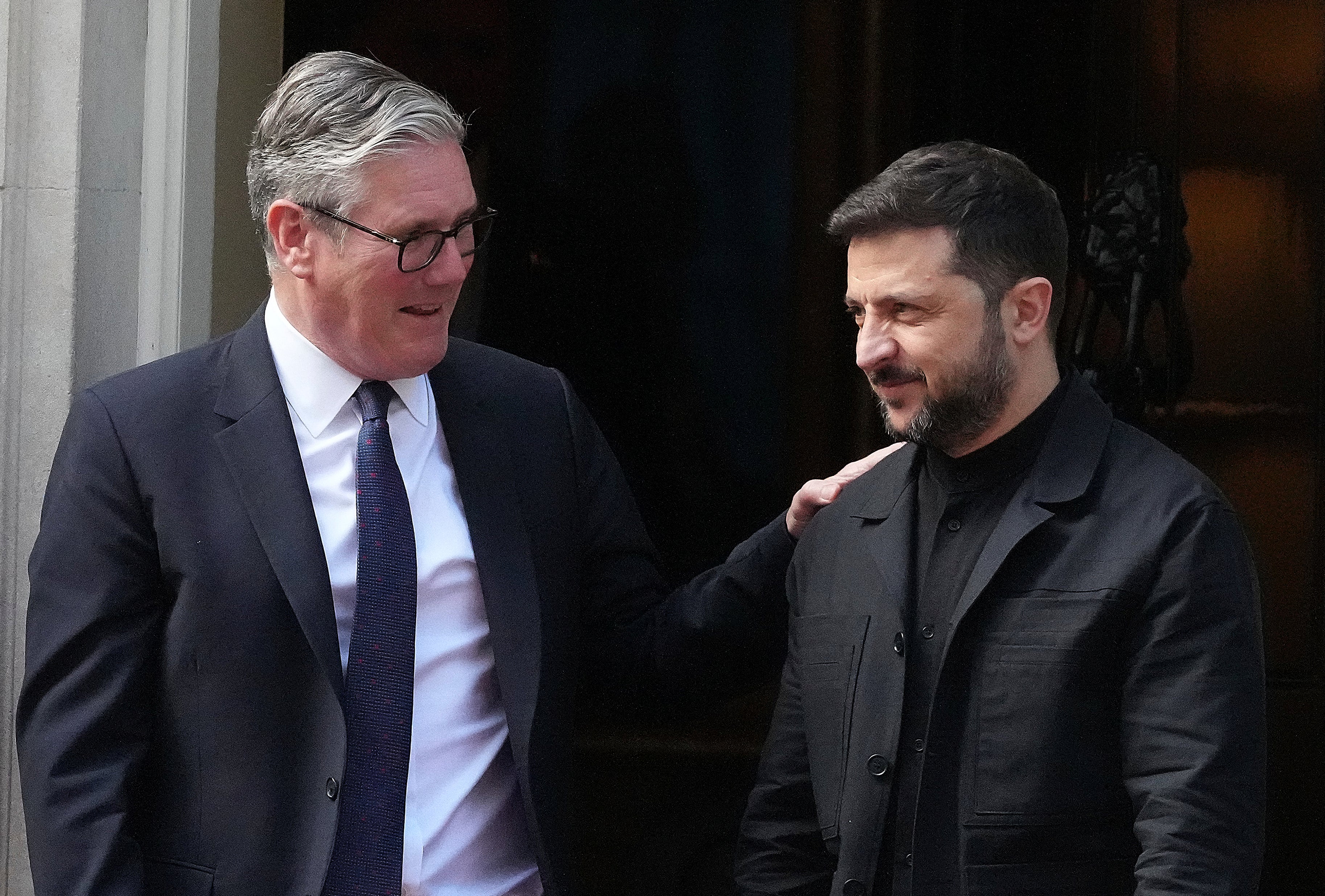
And how does Europe fit into all this?
Slow to respond to Russia’s invasion, Europe is now by far the biggest donor in terms of weapons, money, and other aid to Ukraine. In total, some €250bn has been pledged by the EU and UK.
The European mantra of “no talks about Ukraine without Ukraine” has been ignored by Trump and Putin. The US is saying only that Zelensky and then European leaders will get a call from Trump after he’s finished talking to the Russian president.
Europe insists that only Ukraine make decisions on territorial changes, its long-term neutrality and all other sovereign issues.
By threatening the viability of Nato itself, Trump has forced Europe into huge increases in military spending towards a target of 5 per cent of GDP.
Poland, the Baltic states, Finland and others in Scandinavia are preparing their populations to withstand potential Russian incursions.
The most obvious route to “restoring” the Soviet empire by reclaiming lost influence in Eastern Europe is through the Russian enclave of Kaliningrad in the Baltics, and in Transnistria, a breakaway part of Moldova backed by Russia.
Ursula von de Leyen, the EU president summed it up succinctly: “Putin wants to force Ukraine into accepting the unacceptable, so the task we face is to help Ukraine stand strong, defy Putin's intimidations, and engage in peace talks based on its own conditions”.
Ukraine-Russia war latest: Zelensky warns Putin will launch new war from land gained in Trump deal
Mapped: What parts of Ukraine does Russia control as Trump suggests land swap for peace?
Things to know about Alaska ahead of Friday’s Trump-Putin summit
Trump-Putin summit latest: Zelensky holds press conference after emergency talks
Epstein victims heading to the capital in bipartisan push to release files
Netanyahu ‘in talks’ to relocate Palestinians from Gaza to South Sudan


